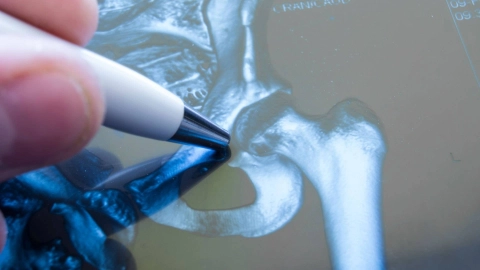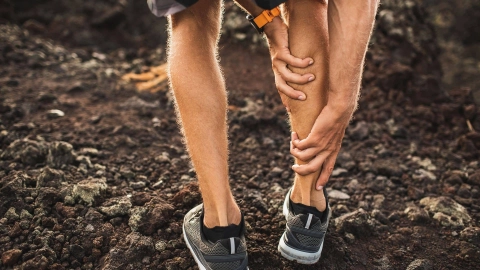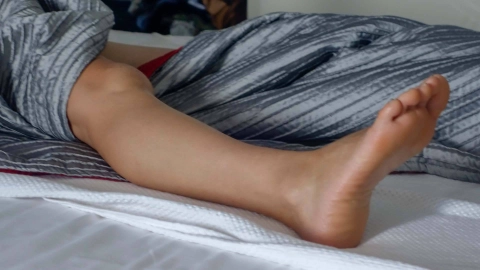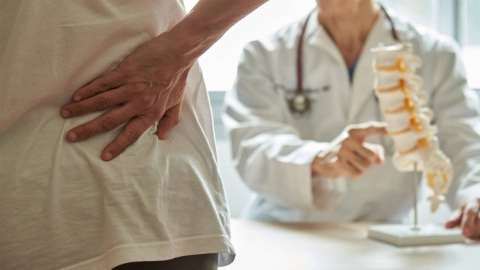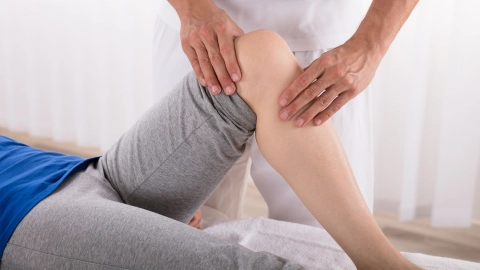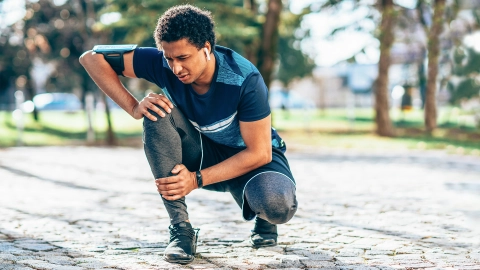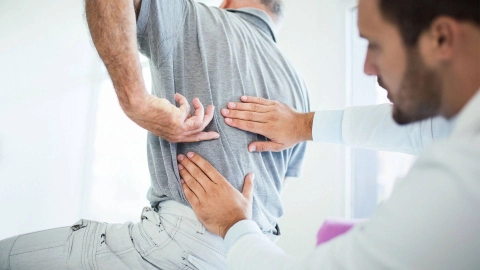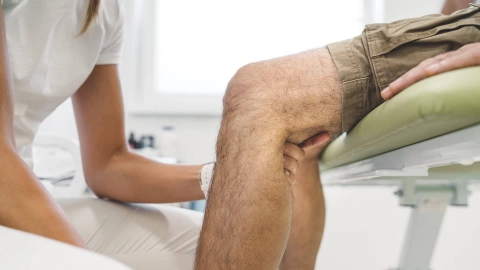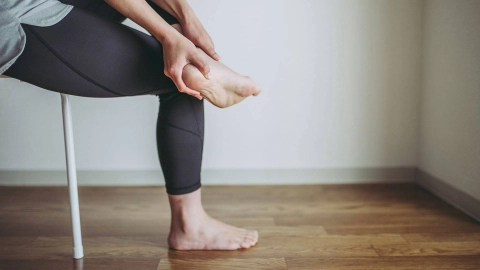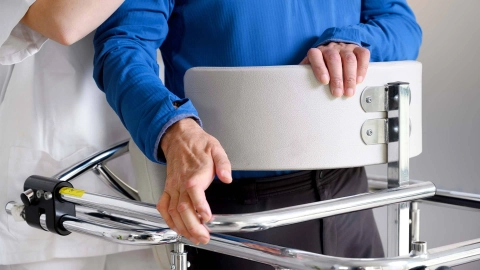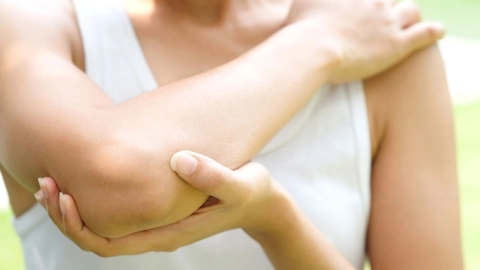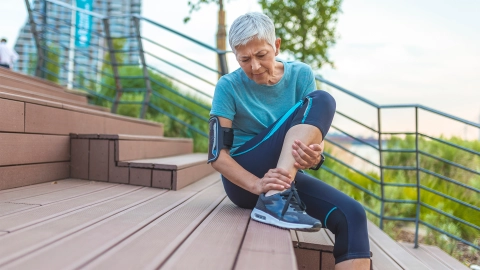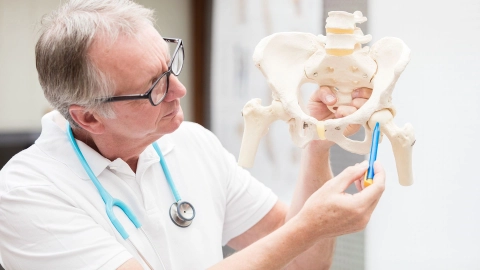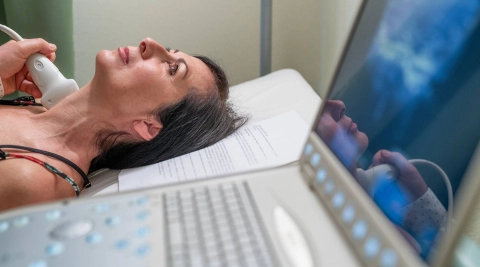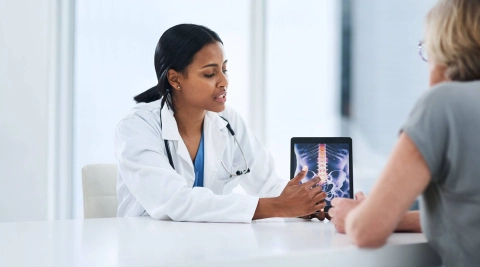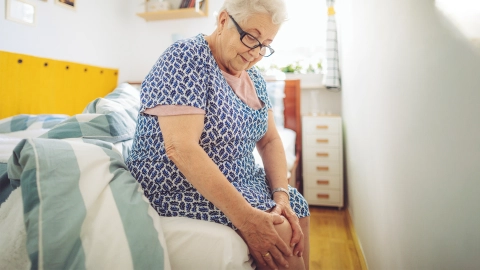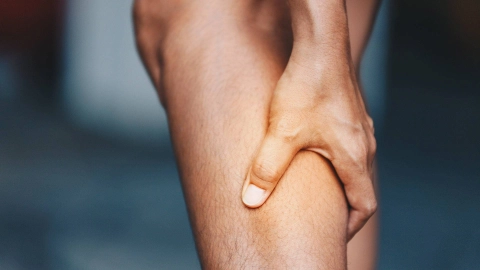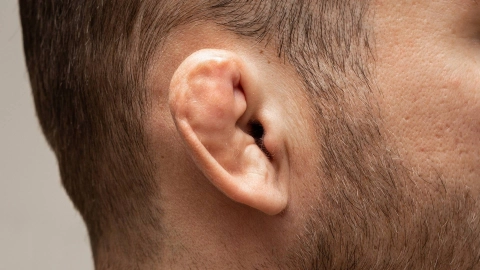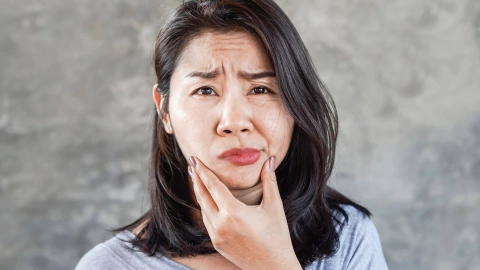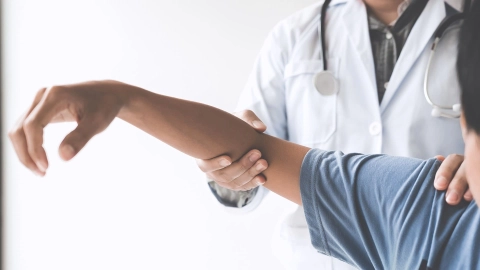Osteoarthritis occurs due to joint wear and is often associated with aging. Joints typically become stiff and painful. Targeted movement is a key therapeutic measure for osteoarthritis.
Find out more
Lower back pain is very common and is usually harmless. The most effective way to prevent back pain is regular exercise.
Find out more
Shoulder pain is one of the most common joint problems, though its cause is not always easy to identify. People with shoulder pain should avoid arm movements that place too much strain on the joint.
Find out more
Rheumatoid arthritis typically causes chronic inflammation of multiple joints. As a result, the joints can become deformed and stiff over time.
Find out more
If elderly people fall, they often incur a broken bone (fracture) in the hip area, for example a femoral neck fracture. Such fractures usually require surgery.
Find out more
In people with osteoporosis, bone density declines more than normal. This increases their risk of breaking bones. Osteoporosis can be treated with lifestyle changes and medication.
Find out more
A muscle strain is one of the most common sport injuries, in which the muscle is overstretched through heavy strain.
Find out more
People with Restless Legs Syndrome (RLS) feel a great urge to move their legs. The unpleasant feeling in the legs only occurs during rest, particularly in the evening and at night.
Find out more
Hallux valgus is also known as a bunion and is one of the most common foot deformities. Treatment is only needed for the deformity if it causes problems.
Find out more
A torn muscle involves the tearing of one or more fibers in a muscle. This usually occurs suddenly during a sports activity, such as playing football.
Find out more
With a carpal tunnel syndrome, the hand briefly goes to sleep, tingles and can be painful. One-sided strain on the wrist can be partly responsible.
Find out more
Spinal stenosis is a narrowing of the spinal canal, which can cause pain, numbness or paralysis. A common cause is wear and tear of the spine.
Find out more
There are different types of wrist injury which vary a lot in terms of their symptoms and treatment.
Find out more
A dislocated kneecap or patellar dislocation (also known as patella dislocation) occurs when the kneecap pops out of its groove. This often occurs during sports.
Find out more
The term “frozen shoulder” refers to gradual stiffness and pain in the shoulder that occurs for no apparent reason. Frozen shoulder generally clears up by itself.
Find out more
Anterior knee pain is one of the most common knee problems. It particularly affects people involved in sports.
Find out more
Chronic pain can affect the body and mind and impact daily life. Treatment aims to alleviate pain as far as possible and improve people’s quality of life.
Find out more
Adolescent scoliosis is a curvature of the spine. The cause is unclear. If the curvature is permanent, it has to be checked regularly.
Find out more
Vitamin D is primarily important for healthy bones. A long-term vitamin D deficiency can make the bones unstable. Regularly “topping up” on sunshine can help prevent a deficiency.
Find out more
A slipped disc can go unnoticed, but also cause severe discomfort. The pain usually goes away within six weeks.
Find out more
Acute neck pain is very common and usually harmless. It is often caused by muscle tension, for example, as a result of spending long hours sitting at a computer or sleeping in certain positions.
Find out more
Cruciate ligament ruptures usually occur in ball sports. Whether surgery is required on a rupture depends on the stability of the knee and the age of the injured person, among other factors.
Find out more
Meniscus tears are among the most common knee injuries in sports, especially in ball sports like soccer. They occur when the knee is twisted while under heavy strain.
Find out more
A greenstick fracture is when the bone cortex and the associated periosteum are damaged. These surround the solid bone, which remains intact. Such fractures only occur in children.
Find out more
A Baker’s cyst is a fluid-filled bulge that occurs at the back of the knee. It can cause pain and tightness but does not usually require treatment.
Find out more
A heel spur is the ossification of the tendon insertion point (enthesis) under the heel. Irritation of the enthesis can cause pain when walking. This can be treated in various ways.
Find out more
With ALS, nerve cells that control muscles deteriorate and die. This results in muscle loss, muscle stiffness and paralysis. Treatment seeks to relieve symptoms as effectively as possible.
Find out more
Sarcomas are rare tumors. There are over 100 different subtypes of them. Sarcomas occur mainly in soft tissue, but also in bone.
Find out more
Fibromyalgia is a chronic pain disorder in which the brain’s ability to process pain is disrupted. The measures that help with fibromyalgia differ greatly from person to person.
Find out more
Swelling and pain, around the knee or elbow for example, may be a sign of bursitis.
Find out more
Tendinitis can occur because of heavy use of and excessive strain on a tendon. An irritated tendon requires a period of rest.
Find out more
Tenosynovitis often occurs as a result of excessive strain on the hands, arms, or feet. If the affected area is rested, the symptoms normally disappear on their own.
Find out more
If the foot rolls too heavily, for example while playing sports, the upper ankle joint can break. This can affect one or more bones. A broken ankle usually heals easily.
Find out more
Ankle sprains are common. Twisting overstretches the ligaments. What is more, small blood vessels rupture and the ankle swells up.
Find out more
Tennis elbow is usually caused by repetitive movements or too much strain – for instance, during sports or when doing manual labor. Certain treatments can relieve the pain or speed up recovery.
Find out more
Osteoarthritis of the hip often begins gradually. Pain when moving is one of the first signs. The main ways to treat this condition are exercise therapy and NSAID pain medication.
Find out more
Psoriatic arthritis refers to inflammation of the joints as a result of psoriasis. It causes stiff and painful joints.
Find out more
Overactive parathyroid glands can cause bone degradation, kidney stones and cognitive impairments. This hormone disorder can often be cured with surgery.
Find out more
Most spinal fractures occur as a result of bone atrophy (osteoporosis). Less often, they are caused by traffic accidents or sports injuries. Treatment depends on the severity of the injury.
Find out more
Osteoarthritis of the knee typically begins with knee pain that initially only occurs with strain. For example, it is fostered by being overweight or severe strain such as frequent kneeling.
Find out more
Magnesium is important for bones, muscles, nerves and teeth. A balanced diet normally provides the body with sufficient quantities of magnesium. A magnesium deficiency is easily treated.
Find out more
Rhabdomyolysis is a breakdown of muscle fibers that can be triggered by several causes. Severe cases need to be treated quickly.
Find out more
Bruising of the external ear may cause the cartilage to shrivel, fold in on itself and form fibrous tissue, leading to a deformity known as cauliflower ear. This can be prevented by rapid treatment.
Find out more
Bell’s palsy is a paralysis of the facial muscles usually on one side of the face due to nerve damage. Read on to find out more about causes, symptoms, diagnosis and treatment.
Find out more
When the right and left abdominal muscles separate at the midline of the connective tissue, this is known as diastasis recti. This often occurs during pregnancy.
Find out more
With compartment syndrome, fluid becomes retained in the muscle tissue as a result of an injury, causing severe pain. Intervention prevents the tissue from being permanently damaged.
Find out more
The collarbone (clavicle) is a strut that connects the shoulder blade and the breastbone (sternum). Broken collarbones are often caused by falls onto the shoulder. Surgery is sometimes necessary.
Find out more
Neuralgic amyotrophy causes severe pain in the arm and shoulder. It is due to an inflammation of certain nerves.
Find out more











